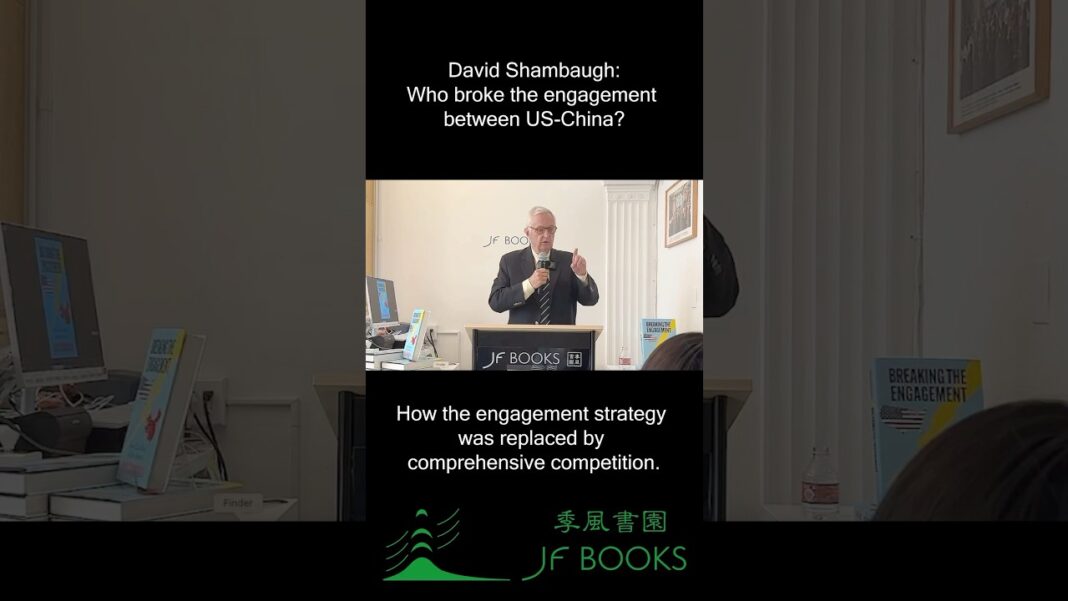Commentary
In January 1950, U.S. Secretary of State Dean Acheson articulated a controversial geographic line which placed the Korean Peninsula on the communist side of the early Cold War conceptual boundary. With the outcome of the South Korean election on June 3, this line may have re-appeared.
After the official results were announced, the White House expressed concern about Chinese interference.
“The US-ROK Alliance remains ironclad. While South Korea had a free and fair election, the United States remains concerned and opposed to Chinese interference and influence in democracies around the world,” a White House official said in response to a Reuters email question about the outcome of the South Korean presidential election.
The unusual caveat of concern over Chinese interference brought sharp responses in Korean media.
Despite large and frequent rallies in South Korea by conservatives and populists for the People Power candidate Kim Moon-soo, the Democrat Party candidate Lee Jae-myung won. It took me some work to find the Lee Jay-myung rallies.
Rallies are not the only measurement of energy, but they are a noticeable one.
Watching the election returns from the Myul Gong Bahn Jeom (Anti-Communist Restaurant) in southern Seoul along with several Americans and South Koreans, one thing was noticed. The initial results released in South Korean media were “exit polling,” a political metric tool that has subsided in use in America.
One report on exit polling was titled “Exit Polls: A Tool for Propaganda, Narrative Building, and the Normalisation of Electoral Doubts,” which is what the initial exit polling in South Korea appeared to be. With one of the final screenshots of exit polling showing Lee winning 52 percent to 39 percent, much of the international media ran with the exit polls and announced Lee the decisive winner. Within about an hour of the last exit polling, South Korean media announced that actual counting of the ballots had begun. The final official results showed 48 percent to 42 percent, a much closer 6 percent spread.
By John Mills







